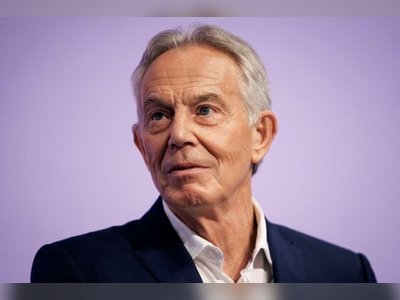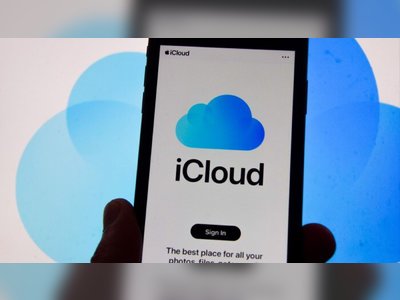Trump Administration Launches “TrumpRx” Plan to Enable Direct Drug Sales at Deep Discounts
President Donald Trump on September 30 unveiled a bold new policy aimed at reshaping the U.S. pharmaceutical market: a federal program called TrumpRx that will allow consumers to purchase certain prescription drugs directly from manufacturers at sharply reduced prices. The accord announced with Pfizer promises discounts ranging from 50 % to 85 % off current list rates, while setting into motion broader reforms designed to tie U.S. drug pricing to global benchmarks and impose steep tariffs on imports.
Under the terms of the deal, Pfizer is to grant a three-year waiver from new international pharmaceutical tariffs provided it commits to bolstering domestic production in the United States. In exchange, select medicines such as Eucrisa and Xeljanz will be offered at drastically lower cost to consumers. At the same time, the firm has agreed to provide its full portfolio to Medicaid under “most favored nation” (MFN) pricing, ensuring U.S. public payers receive the lowest global rates.
Beginning October 1, the administration will enforce a 100 % tariff on branded drug imports from companies that have not established manufacturing in the U.S. To offset revenue losses, the government is negotiating with G7 countries, Switzerland, and the Netherlands to raise their drug prices — in part to preserve incentives for pharmaceutical innovation — and channel these gains back into domestic investment.
The TrumpRx platform—a website slated to launch in early 2026—will serve as a search and redirect portal, enabling Americans to locate discounted drugs and be guided to manufacturers’ purchase pages. It is not itself a fulfillment site but intends to drive traffic to participating firms. The administration hopes this mechanism will bypass middlemen such as pharmacy benefit managers and reduce costs for the uninsured and underinsured.
Analysts welcomed the deal as a political and financial win for the administration and Pfizer, citing sharp gains in pharmaceutical stock prices following the announcement. Still, market watchers caution that many details remain ambiguous: the real extent of net discounts for patients, the fate of private insurance coverage, and whether other firms will follow Pfizer’s lead are not yet clear.
Indeed, AstraZeneca has already responded. Beginning October 1, it will offer its diabetes drug Farxiga at a 70 % discount and asthma treatment Airsupra at 50 % off list price—even to consumers paying out of pocket. The company also pledged to invest billions in U.S. manufacturing capacity.
The TrumpRx initiative signals a dramatic shift in U.S. drug policy: by combining tariff threats with incentives and linking American prices to foreign benchmarks, the administration aims to overturn decades of pricing practices. How effectively that ambition translates into tangible savings for everyday patients—and whether it reshapes the global pharmaceutical landscape—remains to be seen.










